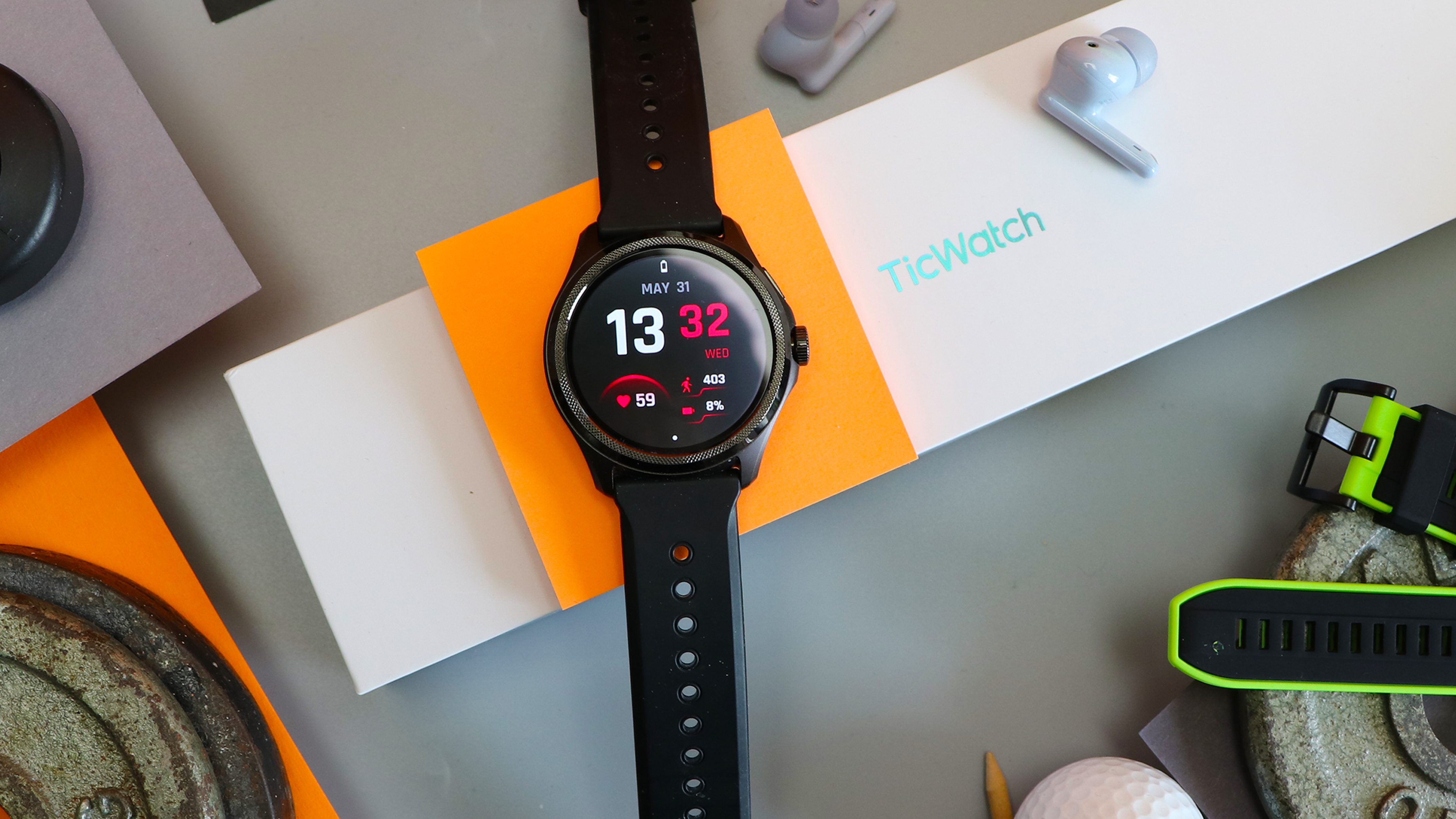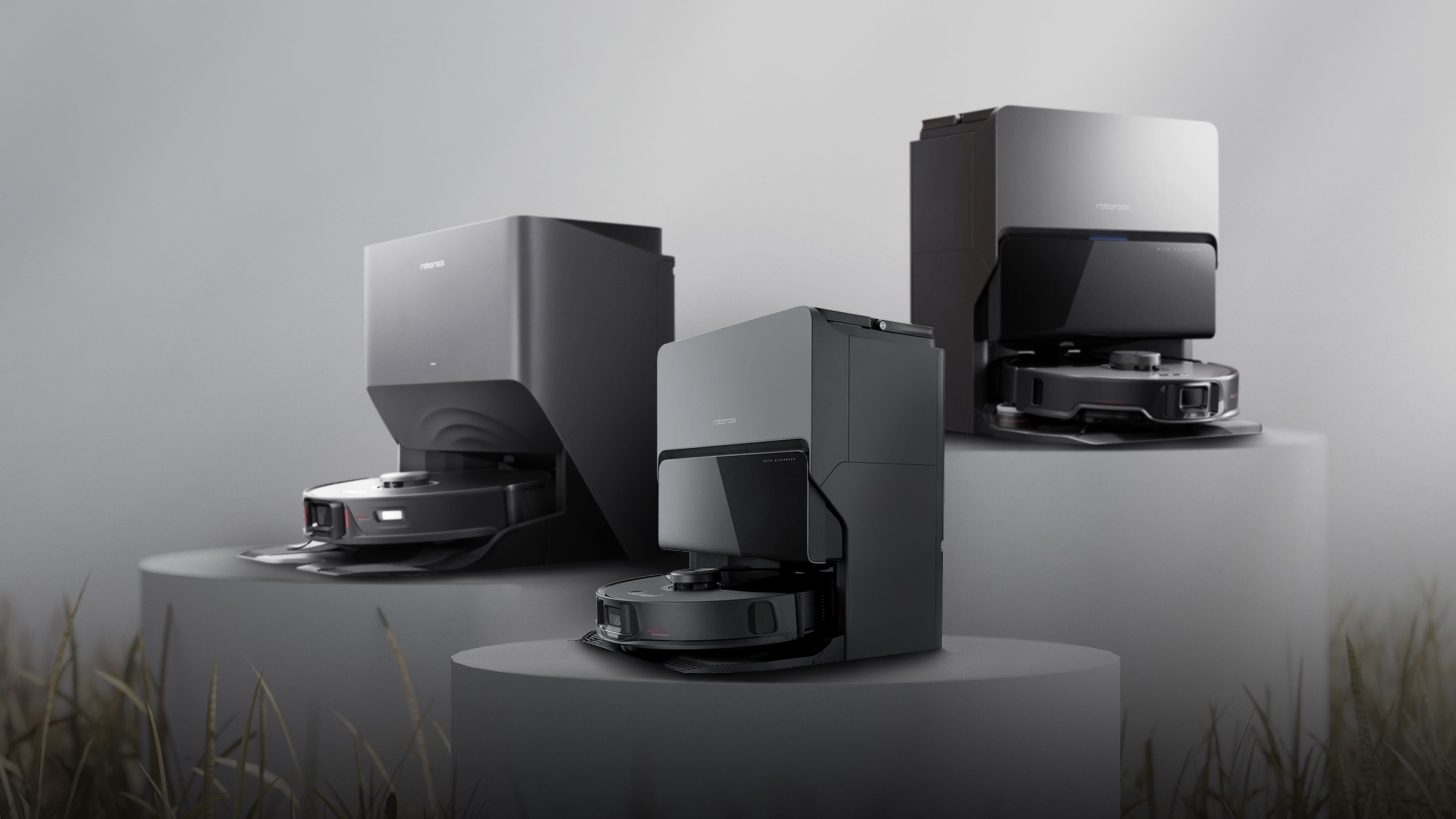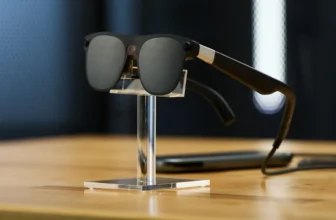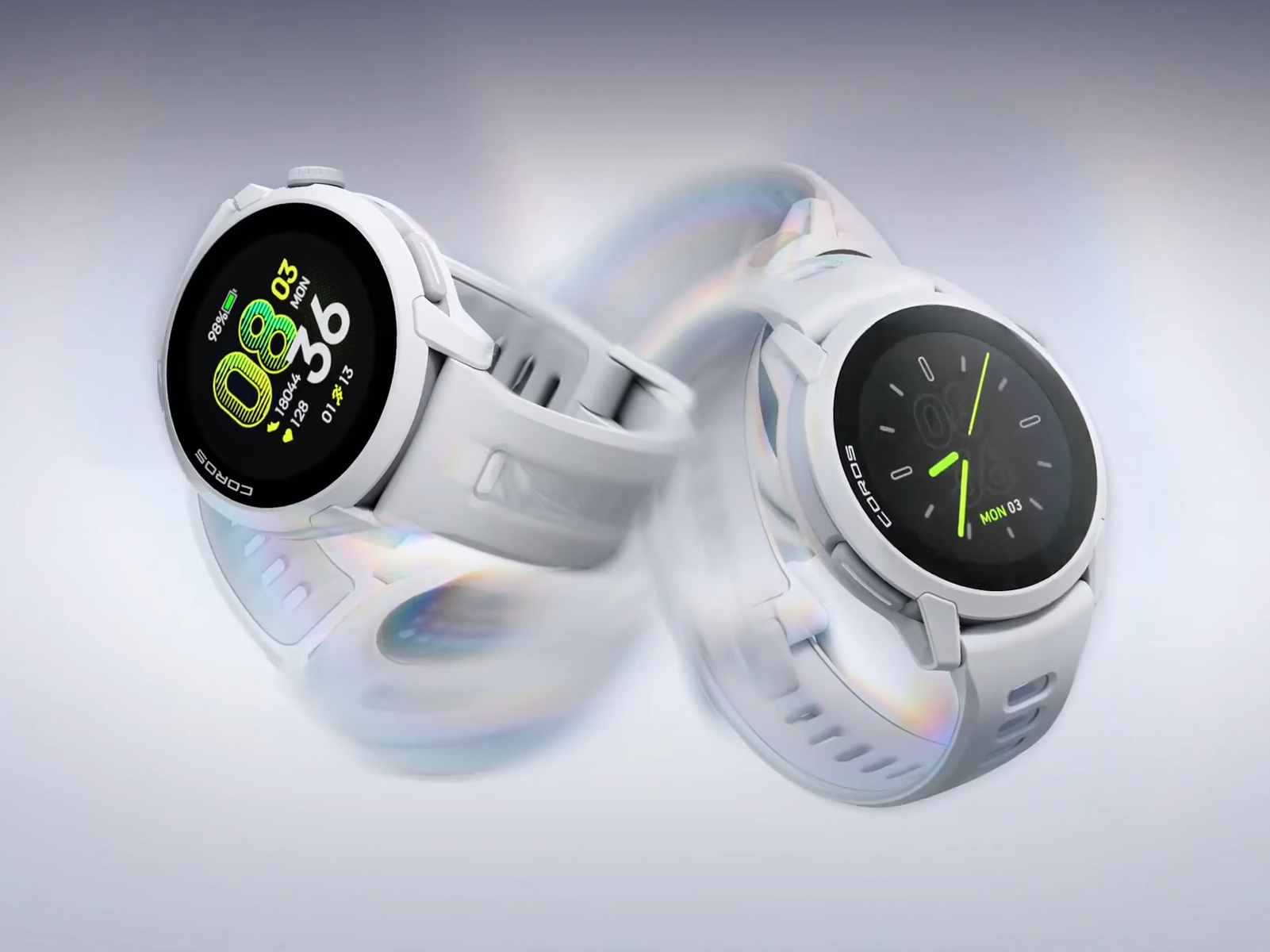
For years, middling battery life has remained one of the biggest shortcomings in wireless headphones and smartwatches, primarily due to their compact form factor and the slow advancements in lithium-ion batteries. A new breakthrough in solid-state batteries seems poised to tackle this significant issue that users grapple with.
Solid-state batteries offer considerable advantages, such as coming in a very thin package compared to the lithium-ions found in most electronic devices today. While the adoption of solid-state batteries has yet to be expanded into more categories, manufacturers continue to develop and improve this new type of cell.
A promising battery life for wearables
In a press release, Japan’s TDK Corporation announced that it has developed a new type of solid-state battery under its CeraCharge brand. The new material is said to feature a notably higher battery density of 1,000 Wh/L, which is similar to what Xiaomi achieved last year. The density figure is also 100 times higher compared to their current solid-state batteries.
The company highlighted that it was able to achieve this by utilizing an oxide-based electrolyte and lithium alloy anodes, allowing them to squeeze in more juices in a very tiny and thin package.

According to TDK, it will incorporate the new solid-state batteries in smaller form factors, such as in wearables, rather than in electric vehicles or smartphones which is what Xiaomi intends to do. Additionally, it said this type of battery would adhere to the EU’s battery regulation that plans to replace coin batteries in devices with rechargeable batteries.
The outright benefits of the new solid-state battery include a battery life that might last multiple times longer. Wireless headphones, smart rings, and smartwatches could also become even thinner and lighter. It was also mentioned that these components make it “extremely safe” to use as they are resistant to fire and explosions.
However, it’s likely that it will take a few more years before we see this technology arrive in these devices. There are also factors like solid-state batteries being very expensive to mass-produce.
What are your thoughts in devices switching to solid-state batteries? Do you think it is a better solution than lithium-ion? Let’s discuss your opinion in the comments.






